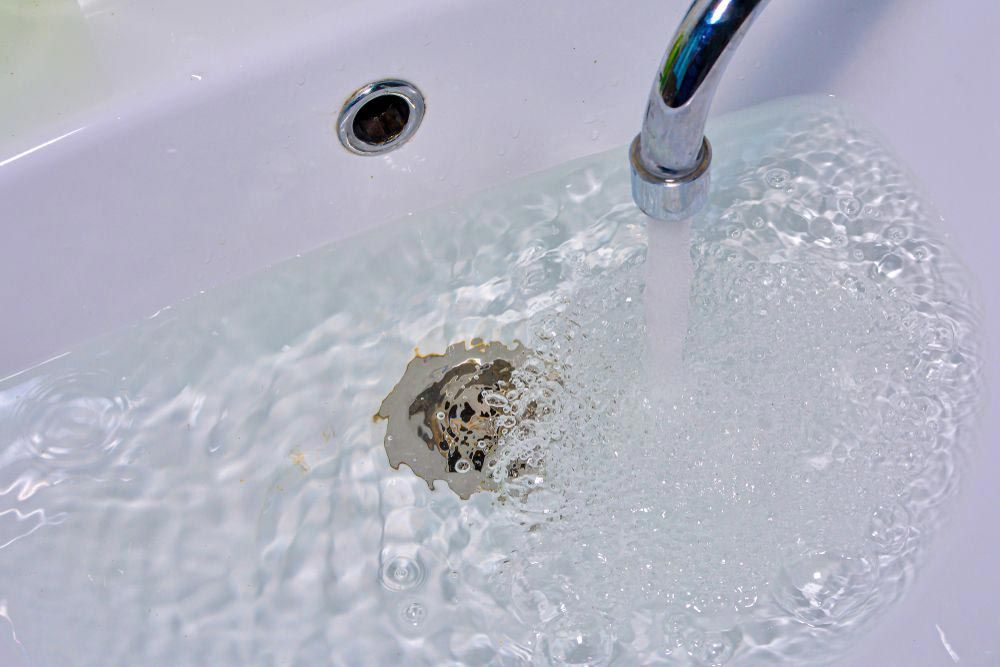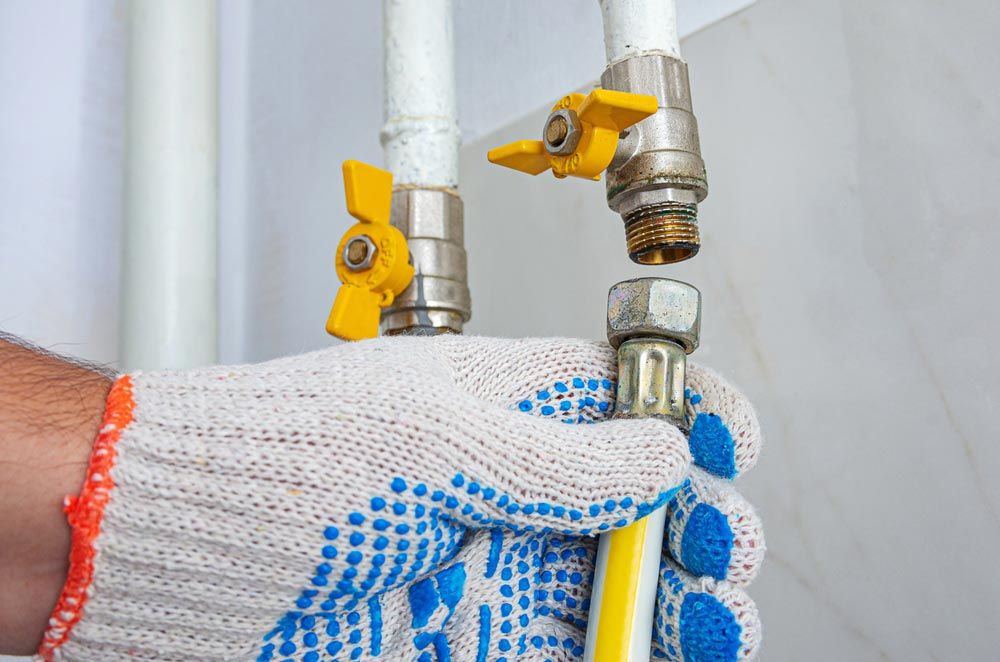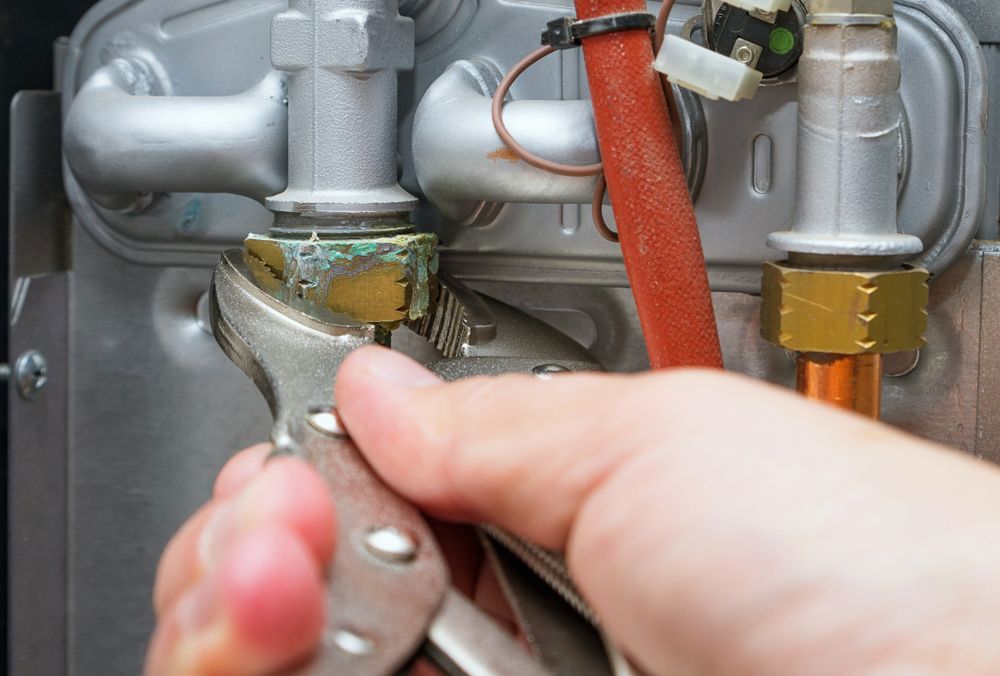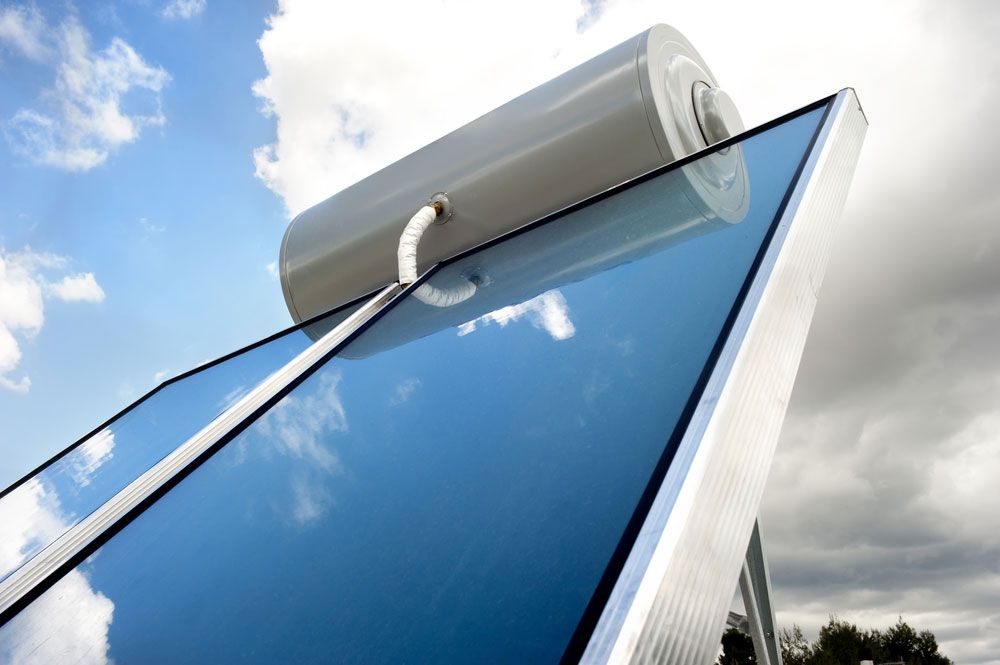In this blog, we will shed light on the intricate workings of solar hot water systems, breaking down their individual components and their respective functions.
As energy consumption remains a global concern, an increasing number of homeowners are turning to efficient and eco-friendly solutions for their daily needs. One such solution is the solar hot water system . Tapping into the abundant energy of the sun, this system offers a sustainable means to heat water. This post aims to shed light on the intricate workings of this green technology, breaking down its individual components and their respective functions.
The Core Components Of A Solar Hot Water System
Solar Collectors
Crafted with keen precision, these advanced components capture sunlight, seamlessly converting it into valuable heat.
Storage Tank
Integral to the system's operation, the storage tank acts as a reservoir. It is where the water heated by the collectors is stored. With a well-insulated design, the tank ensures that the stored water retains its warmth for extended periods, offering users a consistent supply of hot water.
Circulation Systems
Comparable to the circulatory system in the human body, these mechanisms are pivotal in transporting the heated water or heat transfer fluid across the system, ensuring optimal distribution and utilisation.
Temperature Regulation Mechanisms
Ensuring water is at the ideal temperature is crucial for user safety and system efficiency. Hence, the solar hot water system integrates devices like thermostats and mixing valves to maintain and monitor water temperature with precision.
Solar Collectors: Harnessing The Sun's Energy
Solar collectors are the primary means of capturing sunlight. Their design encompasses special materials that absorb the sun's radiant energy, converting it effectively into heat. This heat is then transferred to the water or heat transfer fluid circulating within the collector.
The Role Of The Storage Tank: From Sun To Shower
The storage tank is more than just a container. It's a meticulously designed component ensuring water remains at a consistently warm temperature. After being heated in the collectors, the water travels to this tank. Owing to its insulation properties, the tank ensures that there's always hot water available for use, irrespective of the time of day.
Circulation Systems: Moving Heat Where It's Needed
Temperature Regulation: Ensuring Optimal Hot Water
To guarantee the provision of water at a safe and comfortable temperature, the system includes several temperature regulation devices. Thermostats continuously measure water temperature. If the temperature exceeds or falls below the set parameters, these devices initiate actions to regulate it. Moreover, mixing valves play an essential role in mixing cold water with the hot output, ensuring users receive water at a consistent, desired temperature.
Your Next Step With Emerald Beach Plumbing Service
Transitioning to a solar hot water system is not just a step towards sustainability; it's a stride towards the future. Understanding the nuances and benefits of such a system can be challenging. At Emerald Beach Plumbing Service , we recognise the complexities and rewards associated with this technology. Reach out to us today!













